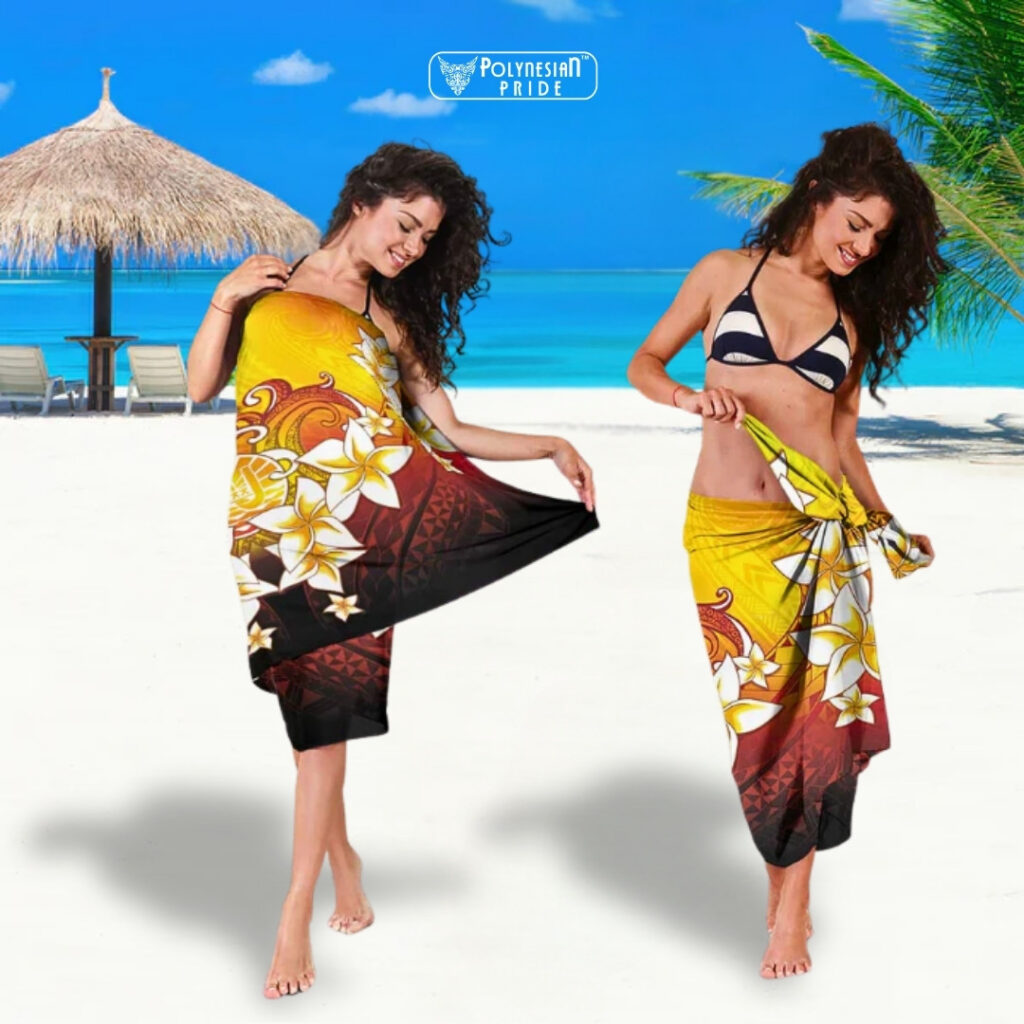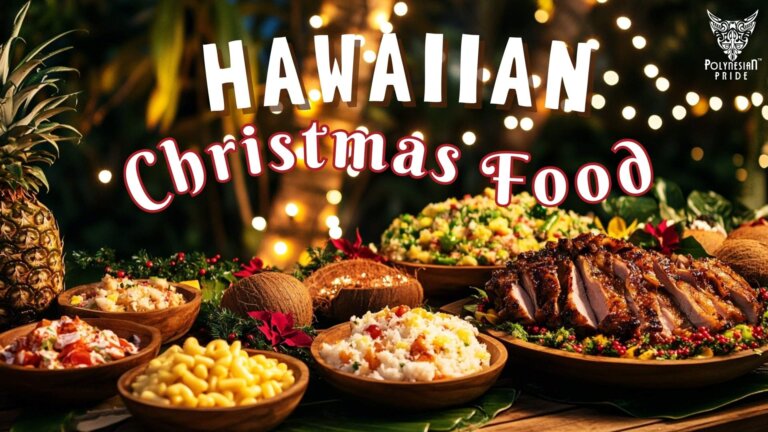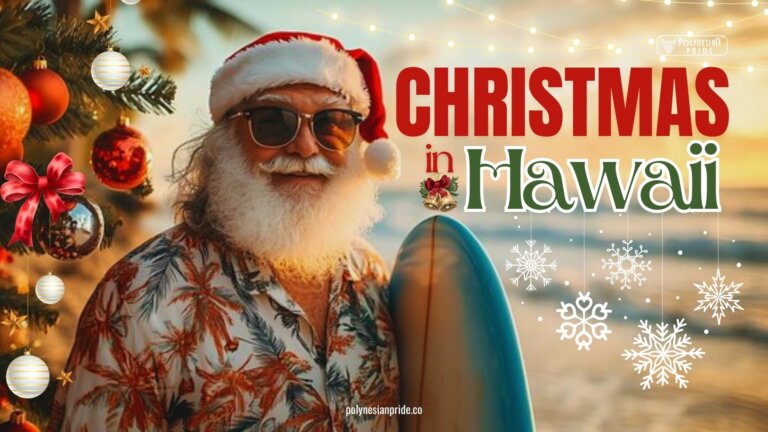Heiva i Tahiti 2025: The Heartbeat of Polynesian Culture

What does joining thousands in a cultural roar of drums and dance feel like? Welcome to Heiva i Tahiti, the living, breathing heart of the Tahiti traditional festival and Heiva Tahiti culture. Held each July in Papeete, this spectacular event transforms the island into a stage where time-honored rituals come alive.
Whether the rhythm of Tahitian dance performances draws us, the strength of Polynesian traditional events, or simply the unmissable energy of a French Polynesian festival, this is one of the top things to do in Tahiti in July—an actual cultural bucket-list moment. Stick around because we’re diving deep—let’s explore the island heart of Polynesia together.
What is Heiva i Tahiti?
The Origins and History
Dating back to the days before European contact, Heiva i Tahiti began as a spiritual celebration, paying homage to deities, honoring seasonal changes, and strengthening tribal bonds through dance and ritual. With the arrival of French colonial rule in the 19th century, many traditions were suppressed—but resilient Tahitians quietly kept their heritage alive through music, hula-style dancing, and secret cultural gatherings.
Then, in the 1880s, Tahitians reclaimed their identity by officially relaunching Heiva as a public festival—a bold declaration of cultural pride. From a clandestine celebration to an open cultural revival, the Tahiti Heiva festival became a lighthouse for Tahiti cultural heritage, anchoring an entire people’s sense of self.

Cultural Significance
So why is Heiva i Tahiti more than just a festival? Because it’s the pulse of Polynesian cultural shows and a tribal rebirth in technicolor. Think Tahitian drumming and chants, the pride of a festival of Tahitian identity, and the emotional resonance of a celebration of Polynesian pride. Dancers don handcrafted traditional Tahitian costumes, musicians perform age-old melodies on ukuleles and drums, and families from neighboring islands join in homage to their forebears.
It’s also a major tourist draw: cultural purists and casual travelers flock to Tahiti each July for an authentic Tahitian experience, giving life to French Polynesia tourism and showcasing the traditional arts of Tahiti on a grand, soulful stage.

Highlights of the Tahiti Heiva Festival
Ori Tahiti – Polynesian Dance Competitions
The legendary Heiva dance competitions are central to the festival, the soulful art of Ori Tahiti performance. If you’re wondering about the Ori Tahiti dance meaning, it’s a symbolic retelling of myths and legends, conveyed entirely through body movement and emotion. Picture dancers dressed in vibrant grass skirts, hibiscus crowns, hips, and hands telling ancient island legends in fluid, breathtaking motion. The timing, precision, and emotions are all on display in this dance of the islands showcase.
Competitors train relentlessly for these intense face-offs. Each troupe, or “fare,” competes for the esteemed grand prize, but more than anything, they dance to preserve and honor their ancestral devotion. Spectators gasp, cheer, and cry—because each performance is steeped in centuries of tradition, every step a testament to cultural resilience.

Polynesian Traditional Sports and Heiva Games
Not all Heiva moments are graceful. Some are fiercely athletic, showcasing the best Tahiti traditional games passed down through generations. Ever seen someone toss massive stones across a field as a crowd roars? Or canoes racing with warrior-level intensity? Traditional sports and Heiva games are tests of raw strength, endurance, and cultural pride.
Here’s a closer look at the thrilling events:
- Stone Lifting (Amoraa Ofai): Competitors lift enormous volcanic rocks to showcase their strength.
- Javelin Throwing (Patia Fa): Participants aim at targets placed high on poles—a test of skill and accuracy.
- Outrigger Canoe Racing (Va’a): Crews paddle sleek wooden canoes through ocean swells in tightly contested races.
- Fruit Carrying Races: Men sprint with heavy bundles of fruit strapped to poles across their shoulders.
- Climbing Coconut Trees: Speed and agility are tested in races to the top.
- Stone Running: A blend of speed and balance, where athletes carry stones while racing.

Tahitian Costumes and Cultural Performances at Heiva
Could anything be more mesmerizing than a sea of dancers in rainbow-hued feathers and woven coconut fibers? That’s what Tahiti at Heiva looks like. The Tahitian costumes are masterpieces—handmade by devoted artisans—and every detail has meaning, from the types of feathers to the arrangement of colors.
In addition to traditional chanting, melodic drum rhythms, and storytelling through movement, a cultural performance at Heiva is a full-bodied presentation of island heritage. Panels of judges deliberate, audiences cheer, and when a troupe moves in perfect synchronicity, the applause is eruptive and heartfelt. It’s more than entertainment: it’s a reaffirmation of Polynesian identity.

Why and How to Join Heiva i Tahiti like a Local
Dress the Part – Polynesian Style
Ever seen locals strolling around in flower crowns, pareos, and heirloom jewelry? That’s because dressing the part isn’t just fun—it’s participation. Want to blend in and feel the energy more deeply? Don a traditional Polynesian style outfit. Tourists can rent or buy beautifully handcrafted skirts, crowns, and shell necklaces—often on the festival grounds.
Dressing the part helps you bypass tourist barriers. Suddenly, hula-style chanting and dance invitations aren’t awkward—they become shared moments of island kinship.

Learn the Dance
At Heiva, several troupes host workshops and invite spectators to learn basic Ori Tahiti moves. It’s a hands-on, joyous crash course in tradition.
Are you worried you’ll look silly? Don’t. These dance workshops are all about cultural connection, not perfection. You’ll meet locals and travelers alike, share laughs while syncing with the beat, and discover that learning is the most meaningful souvenir you can take home.
Taste of Tahiti
What’s a festival without flavor? Picture savoring poisson cru (marinated fresh fish in coconut milk), grilled mahi-mahi, taro dishes, and fruity treats—all fresh, flavorful, and served by families proud to share their traditional Tahiti cuisine.
Each bite celebrates the island’s bounty, from roadside stalls to upscale food tents. Try taro, breadfruit, or coconut dessert—and pair it with tropical fruit juice or craft beer. Eating is part of the experience, and oh, what an experience it is.

When and Where to Experience Heiva i Tahiti Festival

Ready to dive in? Heiva i Tahiti 2025 is officially scheduled from July 3rd to July 19th, 2025—so it’s time to start planning! While the complete celebration may extend into early August, these two core weeks in Papeete are the cultural heartbeat of the event.
Every day is packed with Tahitian cultural events: dazzling dance performances, thrilling canoe races, traditional sports, and vibrant community parades. Mid-July is the high point for those seeking the biggest thrills, like dance finals and sports championships. Prefer a softer cultural vibe with costume exhibitions and more intimate moments? Early July might suit you better.
And since July is peak travel season in Tahiti, it pays to plan. Flights, accommodations, and tickets for prime Heiva nights can sell out fast. By booking early, we secure better deals and the freedom to choose the kind of cultural adventure we want to experience.
What to Wear & Shop for Heiva i Tahiti
What to Pack for Heiva
What’s in your suitcase? Here’s your packing shortlist:
- Light, breathable clothes (T-shirts, shorts)
- Sarong or pareo (you can buy one there, too!)
- Sun protection (hat, suntan lotion)
- Comfortable sandals or barefoot-friendly shoes
- Camera or smartphone (for dance videos)
- Reusable water bottle (stay hydrated!)
- A small shoulder bag (great for cameras and dance props!)
Pro tip? Leave the heavy packing behind—shop traditional Polynesian apparel once you arrive. Buy a handcrafted flower crown (hei), a handwoven pareo, or a shell lei. They’re festival souvenirs you’ll treasure forever.

Wear Your Culture Proudly
Want to show off your Heiva spirit from head to toe—or even at home? Say hello to our Polynesian Pride collection.
From sarongs, shirts, and dresses to bags, blankets, and car accessories, every item blends culture with bold island style.
Made for men, women, and kids, it’s perfect for parades, dancing, or gifting a touch of Tahiti. Wherever you go—take Heiva with you.
🌼 Tahitian Vahine Plumeria Flowers Design
Radiating femininity, strength, and island elegance, this design blends golden sunrise tones with sacred plumeria blossoms. It honors the Tahitian vahine (woman) as the heart of family and culture. This artwork is gracing sarongs, hoodies, throw blankets, sweatshirts, tablecloths, and shower curtains. Perfect for both beach days and cozy cultural corners at home.
🌺 Floral Pattern with the Tahiti Coat of Arms
Bold, modern, and unmistakably Polynesian, this design features red hibiscus flowers and traditional swirl motifs wrapped around the iconic Tahitian coat of arms. It’s powerful, proud, and looks phenomenal on polos, tank tops, t-shirts, dresses, and bags. Want to make a statement at the festival or on the street? This is the one.
Conclusion
Heiva i Tahiti isn’t just a festival—it’s the living soul of Polynesia. Through every dance, drumbeat, and woven costume, you engage with centuries of tradition and pride. From Ori Tahiti dance performances to Polynesian games and authentic Tahitian experiences, every moment puts you at the heart of cultural revival.
And when you dress the part, move to the rhythm, taste the tradition, and take home memories, but a living piece of heritage.
Te ora o te fenua, te ora o te taata.
FAQs about Heiva i Tahiti
What is Heiva i Tahiti?
Heiva i Tahiti is an annual July festival in Papeete celebrating Polynesian culture through dance, sports, and music. It is Tahiti’s most significant cultural event.
How long does Heiva last?
Heiva typically runs for several weeks each July, Heiva typically runs for several weeks each July, with the main events in 2025 scheduled from July 3rd to July 19th, centered in Papeete.
Where is Heiva i Tahiti celebrated?
The festival takes place in Papeete, the capital of Tahiti, at To’ata Square, with participants and audiences from French Polynesia.
Can tourists join the Heiva i Tahiti festival?
Yes, tourists can join Heiva i Tahiti with dance workshops, local food, and cultural games. It’s one of the best things to do in Tahiti in July.
What should I wear to Heiva i Tahiti?
Light, breathable clothes and a sarong (pareo), a flower crown, and sandals are ideal. Many visitors choose to wear traditional Polynesian outfits sold locally.

I am Leilani Miller – I research focusing on Vanuatu – volcanic landscapes, blue holes, coral reefs & rainforests. I have over five years of experience researching and sharing insights on tourism and environmental activism. Explore and experience without limits through my latest article.
Contact information:
Email: [email protected]
Tel: +1 (808) 555-1528


















